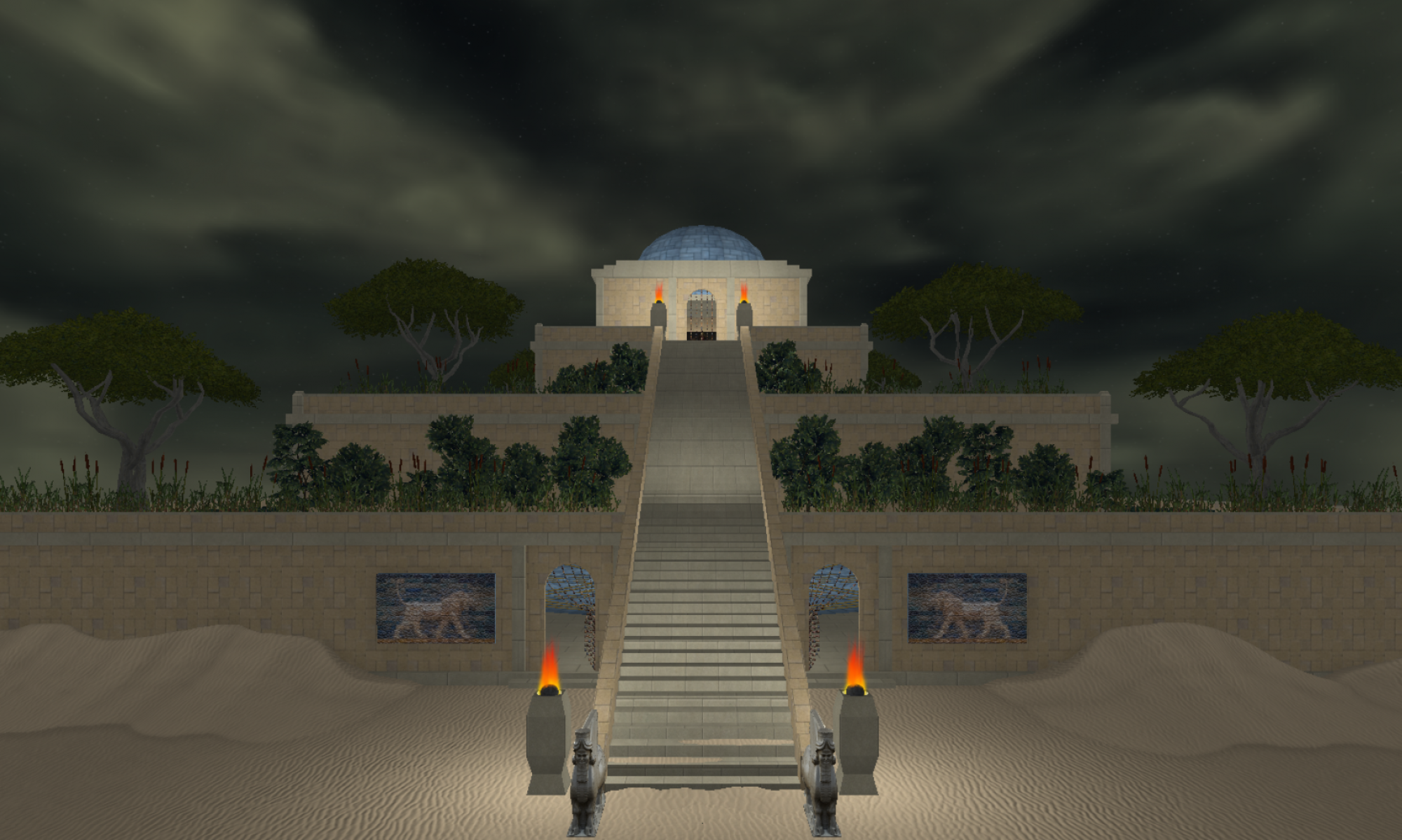The Tools of the Ishib
Originally published in Evil Speech Stand Aside

Bucket and Purifier
Called Banddudû and Mullilu in Akkadian, the bucket and purifier are used for carrying and dispersing holy water.
The bucket can be a small bucket, bowl or even a small cauldron. It needs to be clean and dedicated to the purpose.
The purifier is a pine cone. Try to find one that’s in good condition and as clean as possible. For this reason, it’s better to pick one from a tree rather than finding one on the ground. (Black et al. 46)

Holy Water
Holy water is the primary tool the Ishib uses to cleanse an area both spiritually and physically. Soapwort, as the name implies, is a natural herbal soap and using in such a manner is like cleaning with soap and water. It’s important to note here that soapwort is not to be eaten. As good as it is for killing germs, it is equally poisonous to humans if eaten. What follows is the ritual for preparing the holy water for ritual.
Brew dried soapwort leaves in a pot of spring water.
Recite the incantation over it:
Oh pure plants grown in a pure place, sprouting from the water of the Abzu! O soapwort, pure plant, who’s roots grew in pure earth and branches touched holy sky! Enki, Lord of the Abzu, will now purify and cleanse this in perpetration for holy ritual! Damgalnunna, Queen of the Abzu, may you purify and cleanse this in perpetration for holy ritual! May evil speech stand aside! (George 58-71)
Let cool and strain with cheesecloth.

Ghost Oil
Pour equal parts into a jar:
Olive oil, wheat beer, water, wine, fish oil, honey, milk of magnesia
Mash together with mortar and pestle and add to jar:
Juniper leaves, poplar leaves, lentil flour, turnup, cinquefoil, bulbous buttercup, goosegrass, couch grass, catnip leaves, mustard grass, dirt from a crossroads, common mullein
Mix together and leave overnight, used to anoint the eyes in order to see ghosts. (Finkle 8-13)

The Ritual Dagger
Used for cutting herbs. Any sufficiently sized knife will do.

The Ashen Wand
Cut a frock from an ash tree which has not yet budded and strip of bark.

Apkallu Candles
Prepare by obtaining two blank white novena candles. Print off or draw on them the image of an Apkallu and tape the image to them. Mirror the image on the second so they are facing each other when you place them side by side.
The Circle of Wheat Flour
Prepare a circle of wheat flour upon the ground around the area of the operation such that all components are within to form a holy barrier which the udug cannot escape.
The Fragrant Incense of Cedar
Can be substituted with myrrh or frankincense incense, burn in a censor which can be moved around the room

The Scrying Dish and Oil
Create using clay in the shape of the gates of Kur. The rectangular section in the center should be indented so it can be used to hold a small quantity of oil suspended in water to create a scrying surface. Paint the back part of the dish section black so it creates a dark background which improves the ease of seeing the image.

The Seal of Utu
Wear as a necklace around the neck for protection against unruly udug and gidim Wear as a necklace around the neck for protection against unruly udug and gidim
The Magical Journal
Obtain a hardcover bound journal and use this to record your work, observations and dreams as they occur. You can also handcopy rituals from this book into it for easy reference while performing your work.

The Table of Practice
Used along with an obsidian crystal ball placed in the center as a modernized alternative to oil scrying. If you find it difficult to scry in oil, try substituting with this. Be sure to replace all references to the oil in the rituals with references to the crystal instead. Create using either clay or wood, paint the background black and the details should be painted in gold.
Clay & Stylus
Clay was used for creating everything from containers, to idols, to tablets in Sumer. I recommend using terracotta as it has a nice earthy color that’s pleasing to the eye. Your stylus should be a small rectangular piece of wood that you will use to make markings in the clay.
Sources Cited
Black, Jeremy, and Anthony Green. Gods, Demons, and Symbols of Ancient Mesopotamia: an Illustrated Dictionary. University of Texas Press, 1992.
